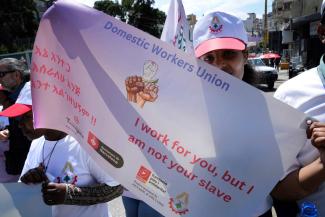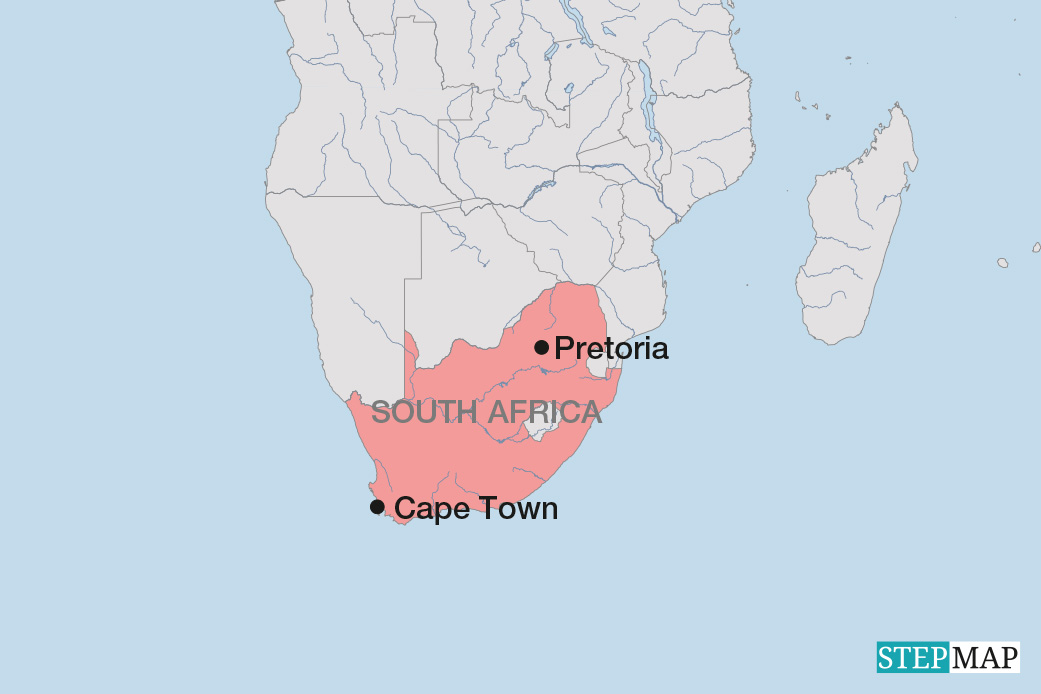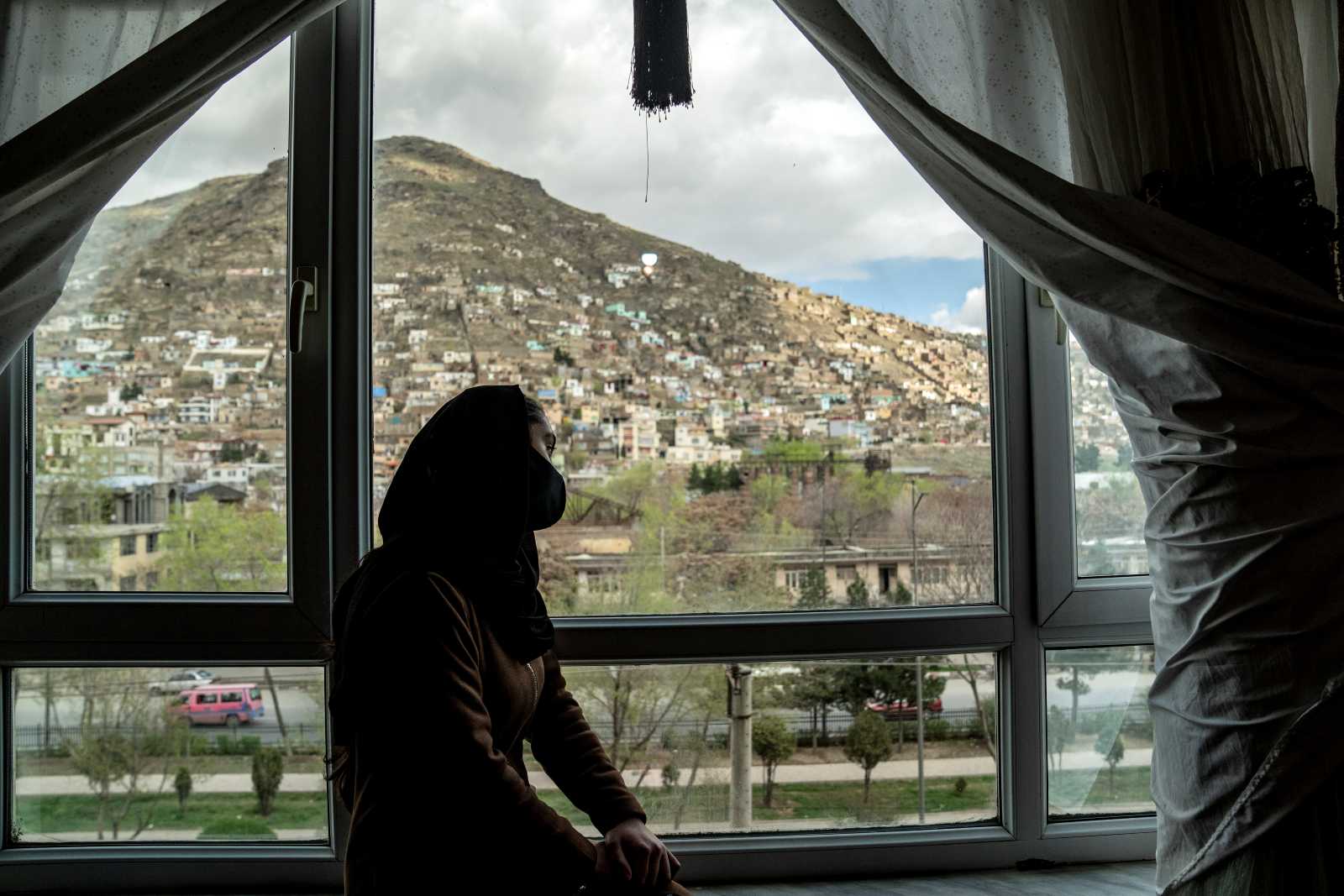Migrant women
Migrant Women face exploitative working conditions

Migrant women often take up low-skilled positions in service and agriculture industries. For example, those from South and Southeast Asia often work in the Gulf and East Asian states within these sectors. Similarly, men and women from Eastern Europe and North Africa seasonally migrate to Europe to work in agriculture. Moreover, high-income countries with ageing populations or rising rates of female labour force participation (FLFP) seek domestic and care workers. Countries that have seen a rapid rise in their per capita income are experiencing this demand too.
According to the International Labour Organization (ILO), about 73 % – approximately 8.5 million – of all migrant domestic workers are women. The largest portion of female migrant domestic workers, comprising 24 % of the total, live in Southeast Asia and the Pacific. Northern, southern and western Europe host 22 %, followed by the Arab States with 19 %.
Working conditions in these jobs are frequently poor. In a number of Asian countries, foreigners employed as domestic helpers are often not allowed to change jobs within two years of signing an employment contract. Some migrant women workers are prohibited from marrying local citizens and are not allowed to become pregnant. For migrant women working as domestic maids, permission to stay in the host country is often tied to their employment. If they leave their employer, they could be deported.
Trapped in dangerous dependencies
Moreover, some women are undocumented, which makes them even more vulnerable to exploitation. Lack of formal regulation and personal rights deprives them of any way to counter potential abuse. They may become trapped in dangerous dependencies on the families that employ them. For example, a 2018 report for the European Parliament on women migrant workers in the EU has highlighted instances of severe abuse and exploitation.
According to the Global Network of Sex Work Projects (NSWP), a non-profit organisation, migrant women also constitute a large part of the sex-worker community across the globe. The trafficking of women in the sex industry is largely illegal and undocumented. Sex work is also sometimes hidden in the entertainment industry. When women enter countries legally, they may be documented as cabaret artists, dancers, musicians or masseuses. Many of these women are promised jobs in clubs and other leisure establishments but are forced into prostitution on arrival.
When women enter countries illegally, any attempt to avoid prostitution can lead to deportation. According to NSWP, migrant sex workers frequently describe negative interactions with justice systems and law enforcement, especially the police. The combination of the criminalisation of sex work and the persecution of migrants creates challenges for undocumented migrants in particular.
Link
Global Network of Sex Work Projects (NSWP), 2022: Briefing paper: Migration and sex work.
https://www.nswp.org/resource/nswp-briefing-papers/briefing-paper-migration-and-sex-work
Purti Sadhwani is a master’s student in Economics at the University of Bonn and a research assistant at the Department of Economics and the Center for Development Research (ZEF) Gender Group, University of Bonn.
purtisadhwani92@gmail.com
Sundus Saleemi is a senior researcher at the ZEF.
sundus.saleemi@gmail.com

















